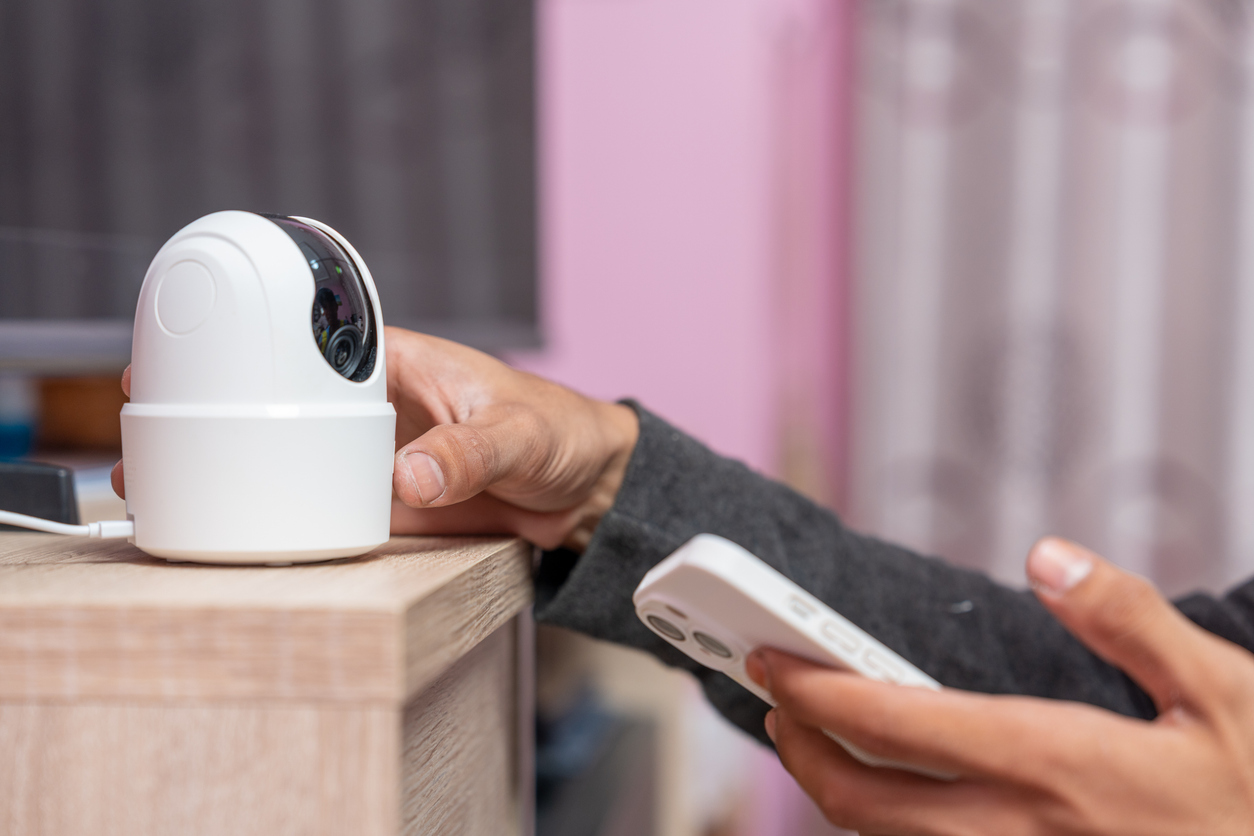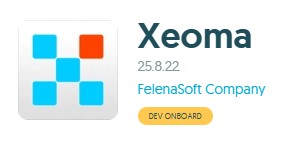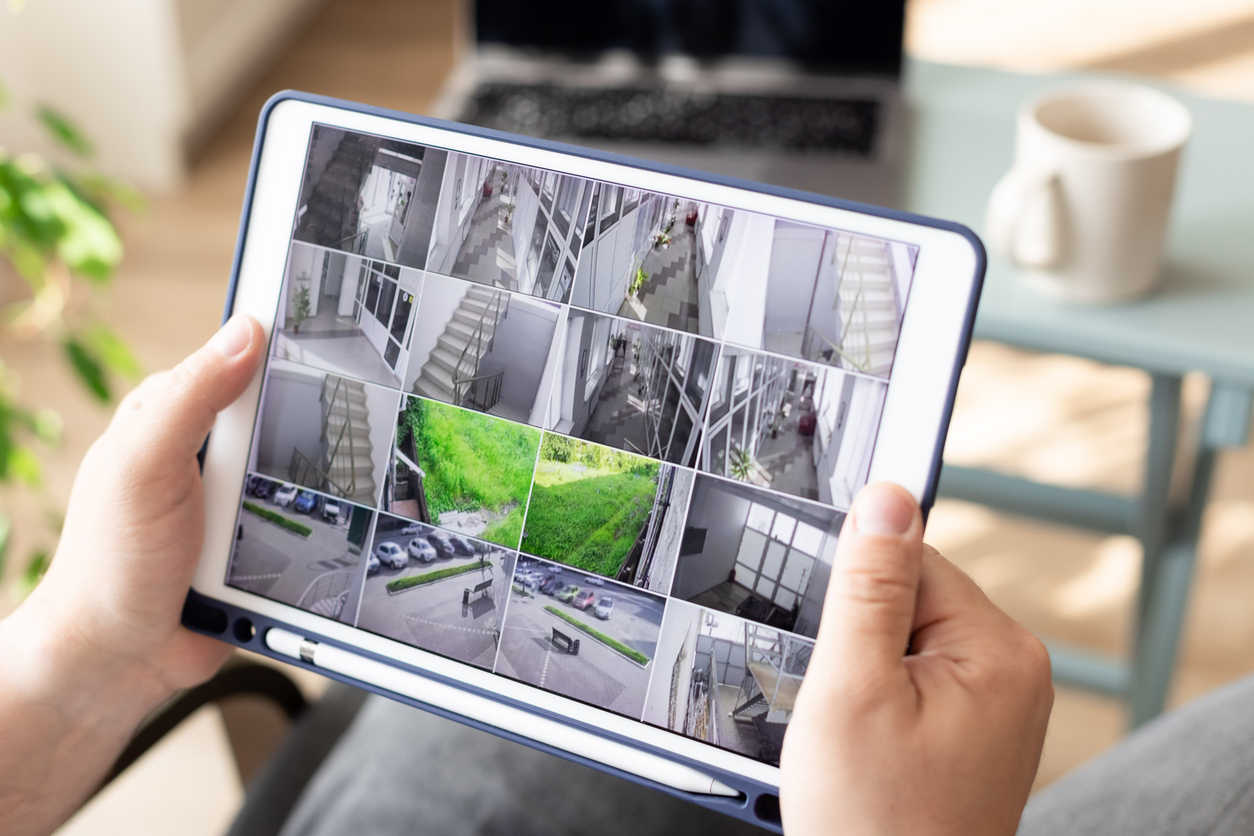The best video surveillance app for Android in 2025: a comprehensive review
In the era of digitalization, video surveillance systems have undergone significant changes. Today, you don’t need massive equipment to monitor security — all you need is a smartphone with a modern app. And the demand for mobile access to cameras is growing day by day, which is not surprising — unlike a PC, your smartphone is always at hand.
Thanks to the development of artificial intelligence (AI), video surveillance has acquired advanced features that are accessible even to ordinary users. Intelligent algorithms are now capable of not only detecting movement, but also recognizing faces, identifying suspicious behavior, counting visitors, analyzing people flows, and even identifying emotions. Modern systems can automatically send notifications about important events, classify objects, and even predict potential threats.
We took the most popular video surveillance apps for Android and tested them to identify the features of each. In this article, we will tell you about the results of our research: we will compare the functionality, ease of use, and cost of various solutions, and we will also help you choose the best option for your tasks.

Ivideon
Key features:
- two-way audio support;
- Internet streaming;
- cloud storage;
- push notifications.
Architecture and data storage:
Strictly cloud-based ecosystem. All video recordings are stored on Ivideon servers. Without a monthly subscription, functionality is extremely limited.
Payment model:
Monthly or annual subscription. The cost depends on the number of cameras and the duration of cloud storage.
Functionality and analytics:
AI analytics is a premium feature. Face recognition, visitor counting, etc. are only available on expensive plans.
Compatibility and equipment:
Supports thousands of camera models, but for full functionality, it is advantageous to use Ivideon’s proprietary cloud cameras.
Strengths:
- high-quality image that can be adjusted for different conditions;
- ease of use — intuitive interface.
Disadvantages:
- paid plans for advanced features;
- tightly tied to its own cloud ecosystem;
- does not allow you to use your phone as a server;
- significant functionality limitations without a monthly subscription.
AlfredCamera
Key features:
- easy to use;
- motion detection recording;
- cloud storage;
- push notifications.
Architecture and data storage:
Cloud with limitations. The free plan is severely limited (low quality, delays, ads). A subscription is required for full functionality.
Payment model:
Freemium model with subscription. The free version offers low image quality and annoying ads. A subscription unlocks HD quality, expanded cloud storage, and basic analytics.
Functionality and analytics:
Basic analytics included in the subscription: motion and human detection. No facial recognition or complex scenarios.
Compatibility and equipment:
Only works with Alfred cameras and older smartphones.
Strengths:
- intuitive interface and easy setup;
- low system requirements;
- free basic use;
- ideal for turning two old phones into a camera and monitor.
Disadvantages:
- only works with its own devices or old smartphones;
- very limited functionality in the free version;
- no professional features;
- low reliability and stability.
Guarding Vision
Key features:
- remote access to cameras via the Internet using Cloud P2P technology;
- options for basic camera configuration and simple control;
- cloud storage.
Architecture and data storage:
Local operation with Hikvision cameras. Tied to specific brand equipment. Cloud storage for a separate fee.
Payment model:
Free for basic viewing. Other features and cloud storage require payment.
Functionality and analytics:
Analytics are tied to cameras. If you have an AI camera, you will see events. The app itself does not add analytics at the software level.
Compatibility and equipment:
Hikvision ecosystem. Works perfectly only with cameras from these brands. Support for other devices is limited or non-existent.
Strengths:
- scalability;
- professional image quality.
Disadvantages:
- the professional interface requires a certain level of technical training;
- requires camera support for Cloud P2P technology;
- frequent service failures;
- limited control over settings.
Xeoma

Key features:
- unified ecosystem: allows you not only to connect to another server, but also to use your Android device as a server;
- powerful on-device analytics (on-device AI): face recognition, license plate recognition, etc. work even without the Internet and do not require expensive cloud subscriptions;
- professional features: not only viewing, but also configuring detectors, working with archives, and managing users directly from your phone;
- security: TLS encryption, data can be stored locally.
Architecture and data storage:
Hybrid approach. You decide where to store your data: locally on an SD card, on a server, or in the encrypted Xeoma Cloud. This gives you complete control and independence.
Payment model:
Free basic functionality + one-time purchase of a license for advanced features (AI analytics, unlimited number of cameras, remote access, user profile creation, PTZ camera control, etc.). One-time payment, no monthly fees for basic functionality. The range of available advanced features depends on the license type, as does the number of connected cameras.
Functionality and analytics:
Powerful built-in AI analytics even in the mobile version: motion detection, face recognition, visitor counting, sound event detection (crying, shouting, gunshots), etc. A huge set of features for professional scenarios.
Compatibility and equipment:
Supports 99% of cameras on the market. Works with all types of cameras and video recorders (DVR/NVR). No brand ties.
Strengths:
- versatility: supports over 99% of cameras on the market (IP, analog, USB);
- rich set of video analytics features;
- intuitive interface and modular system with flexible configuration;
- ability to store data both locally on your equipment and in the cloud;
- flexible licensing system allows for easy system scaling;
- high image quality with flexible parameter configuration.
Disadvantages:
- the interface is intuitive and offers extensive capabilities, but requires configuration;
- extensive documentation needs to be structured;
- functional limitations in the free version, which may be inconvenient for testing all features (however, a demo license can be requested).
Verdict: Xeoma for Android: why is it our #1 choice in 2025?
Each of the applications reviewed has its strengths:
Alfred Camera: a simple tool for home use, but the free plan is severely limited, and upgrading to the paid version is not cheap.
Guarding Vision: a good option if you only use Hikvision equipment and need basic viewing.
Ivideon: a convenient cloud solution suitable for large companies that are willing to pay for cloud rental on a regular basis and maintain a high level of functionality.
However, if your goal is to provide high-quality, reliable, and professionally configured video surveillance, regardless of the size of the project, then Xeoma is the best solution. Here’s why:
- It is the only solution that offers both local data storage on your own equipment and an optional cloud. This gives you maximum freedom and control.
- If you don’t want to depend on monthly payments, Xeoma with its perpetual license is the most cost-effective option in the long run.
- Xeoma offers the richest and most advanced set of analytical features that work even on inexpensive hardware.
- Xeoma is the champion of compatibility. You are not tied to a single manufacturer and can build a video surveillance system from any hardware.
Xeoma is not just a viewing application, but a full-fledged professional video surveillance system that fits in your pocket. For users who are looking not just for a viewer, but for a flexible and powerful video surveillance system without monthly payments, Xeoma is the obvious choice over limited consumer or purely cloud-based solutions. Whether you plan to install a single camera at home or deploy a complex video surveillance system at your business, Xeoma offers the optimal solution.

Xeoma is a comprehensive video surveillance solution available in two versions:
- Xeoma Client for Android: allows you to connect to an existing server (on Windows, Linux, Android, Mac OS X, etc.) for remote camera viewing.
- Xeoma for Android: allows you not only to connect to another server, but also to turn your phone into a full-fledged video surveillance server.

|
The Xeoma program has a client-server architecture, i.e. it has two parts: Xeoma Client and Xeoma Server. You can learn more about this in the corresponding section of the Complete Xeoma User Manual. |
Option 1. Connecting to an existing Xeoma server.
If you want to connect to an existing Xeoma server to view cameras, use the Xeoma Client for Android application. It allows you to add or remove cameras, manage settings, view and export recordings, and receive alarm notifications. Closing the application does not affect the operation of the server. No additional license is required for the client app itself; it uses the license of the Xeoma server you connect to. For example, even if the server has a license for just one camera, up to 100 users can connect and view that camera for free through the client.
- Download the free Xeoma Client for Android app from our website or find it in the app catalog of your Android device.
- Install and launch the app.
- Connect to your Xeoma server. To connect to the server, use this section of the Complete Xeoma User Manual.
- Done! You are awesome!
Option 2. Deploying a video surveillance system on a smartphone.
If you want to use your phone as a video surveillance system server, i.e. to have camera processing, recording, and response performed on your device, use the Xeoma for Android app. This mobile version of the Xeoma video surveillance program is as close to the original as possible and contains both the server and client parts. This means that if you wish, you can use this application only as a client — that is, to connect to a remote Xeoma server.
At the same time, with Xeoma for Android, you can deploy a full-fledged video surveillance system directly on your device. The app itself is free, but the availability of certain features will depend on the license you use.
- Download the free Xeoma for Android app from our website.
- Install and launch the application.
- Configure Xeoma. To add cameras and configure chains, use the Complete Xeoma User Manual, or you can watch video tutorials or read articles on our website.
- Done! Great job!
If you are using an Android device as a server, the Xeoma for Android app must always run in the background when you need to perform video surveillance. Also, make sure your device has enough memory to store video recordings.
Xeoma is a cutting-edge solution for video surveillance that combines functionality, ease of use, and innovative technology. Xeoma is a modern and professional solution, not just another app. The program deservedly occupies a leading position among video surveillance applications for Android in 2025. Thanks to continuous development and the introduction of new technologies, the program offers users the most effective solution for organizing a security system of any scale.
Choose Xeoma and ensure reliable protection for your facility today!
Ready to try it out? Download Xeoma for Android to create a server on your phone or Xeoma Client for Android to connect to an existing server and view your cameras.
Want to get started? Choose the right license.
October 18, 2025
Read also:
Mobile video surveillance with Xeoma free Android app
Let’s get it started, or how to use Xeoma
Xeoma mobile app for iOS devices: iPhone and iPad
Xeoma Cloud Video Surveillance System at great prices